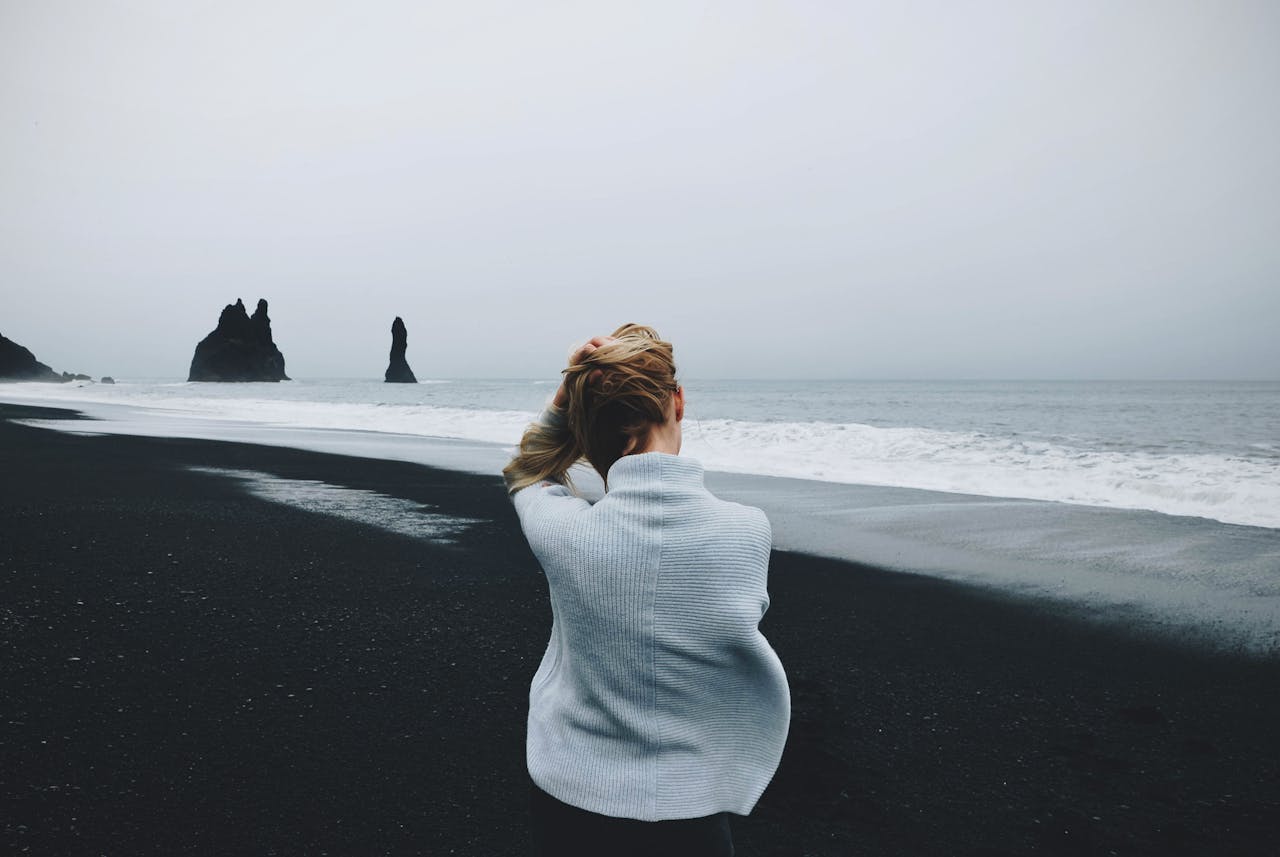Iceland’s untamed landscapes and hidden gems attract those who seek adventure beyond the usual tourist spots. Yet, as these unique locations become harder to find, it’s essential to venture further—away from the crowds and into Iceland’s heart. This guide reveals some of Iceland’s best-kept secrets and provides tips on how to reach them using a campervan, the ultimate way to explore Iceland freely and at your own pace.
With a campervan, you gain the freedom to access secluded trails, remote hot springs, and breathtaking viewpoints, and experience Iceland without time constraints. Here are 20 hidden gems you can explore, each with its own distinct beauty and challenges.
1. Grænihryggur Ridge – Iceland’s Enigmatic Green Ridge
While many hikers flock to Landmannalaugar’s famous trails, the Grænihryggur Ridge awaits as a quieter, lesser-known trek through colorful rhyolite hills. Known locally as “the green ridge,” this hike showcases Iceland’s surreal landscape far from the crowds.
How to Access: Located off the F208 highland road, this area requires a high-clearance 4×4 vehicle, which a campervan with these specs can provide. You’ll need to park along the trailhead, found roughly 10 km south of the F224 highway, and follow the marked path.
Hiking Tips: The path to Grænihryggur involves crossing snowfields, climbing steep, slippery terrain, and a shallow river crossing, so ensure you’re prepared with hiking poles and waterproof footwear. Summer is the best time for clear trails and manageable conditions.
2. Sturlungalaug Hot Spring – Serenity on Snæfellsnes Peninsula
Tucked away in Snæfellsnes, Sturlungalaug offers a remote and scenic soak with few visitors, perfect for a relaxing escape in nature. Known for being an “undiscovered” gem, this hot spring is a secluded spot to unwind and enjoy panoramic views.
Getting There: Accessible only in summer by a gravel track from Road 55, you’ll need a high-clearance camper to handle the bumps. Park nearby and walk about a minute to the spring.
Access Tips: Accessible via a gravel path in summer (high-clearance camper needed). Bring towels, as the surroundings can be muddy. Explore Iceland by campervan to arrive on your own schedule.
Travel Tip: The water temperature can fluctuate based on seasonal conditions, so pack accordingly. The surrounding grass can be wet, so slippers are recommended.
3. Huldujökull Glacier – The Hidden Glacier of Þakgil
Huldujökull Glacier offers a spectacular, isolated experience, often revealing chunks of ice breaking from the glacier. The sight is especially awe-inspiring on clear days, with the glacier appearing to “glow” against the surrounding wilderness.
Access Details: Located near Þakgil, this spot is open in summer and accessible via Road 214. Park at the Þakgil campsite and follow either the yellow or red trail, merging onto the white-marked trail along the Þakgil Canyon for the best views.
Hiking Advice: Avoid days with fog or high winds; clear weather makes all the difference. Prepare for a full-day hike that combines moderate and steep segments, with reliable shoes and poles essential for safe navigation.
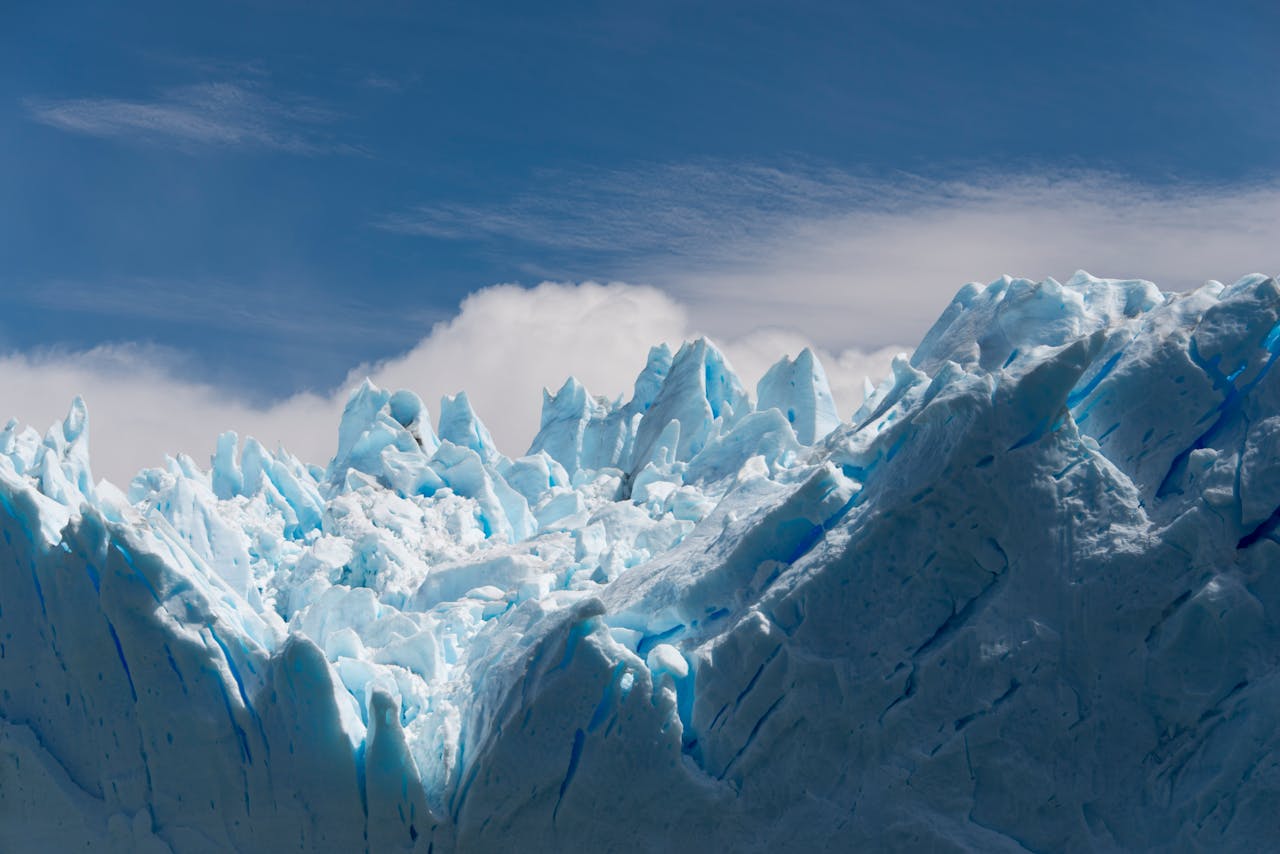
4. Rauðaskál Crater – The Red Crown of Iceland
The red-hued Rauðaskál Crater, near the Hekla volcano, offers an otherworldly view into Iceland’s volcanic terrain. Its eerie, isolated location makes it one of the more mysterious and less visited craters in Iceland.
Travel Route: Only accessible by a challenging dirt path that requires a large 4×4 vehicle, ideally a high-clearance camper. You’ll park along the path and can hike up the crater for the best views.
Hiking Tips: Only recommended for experienced 4×4 drivers and hikers, as the paths are steep and uneven. Practice with your 4×4 on easier trails first to ensure you’re comfortable with this route.
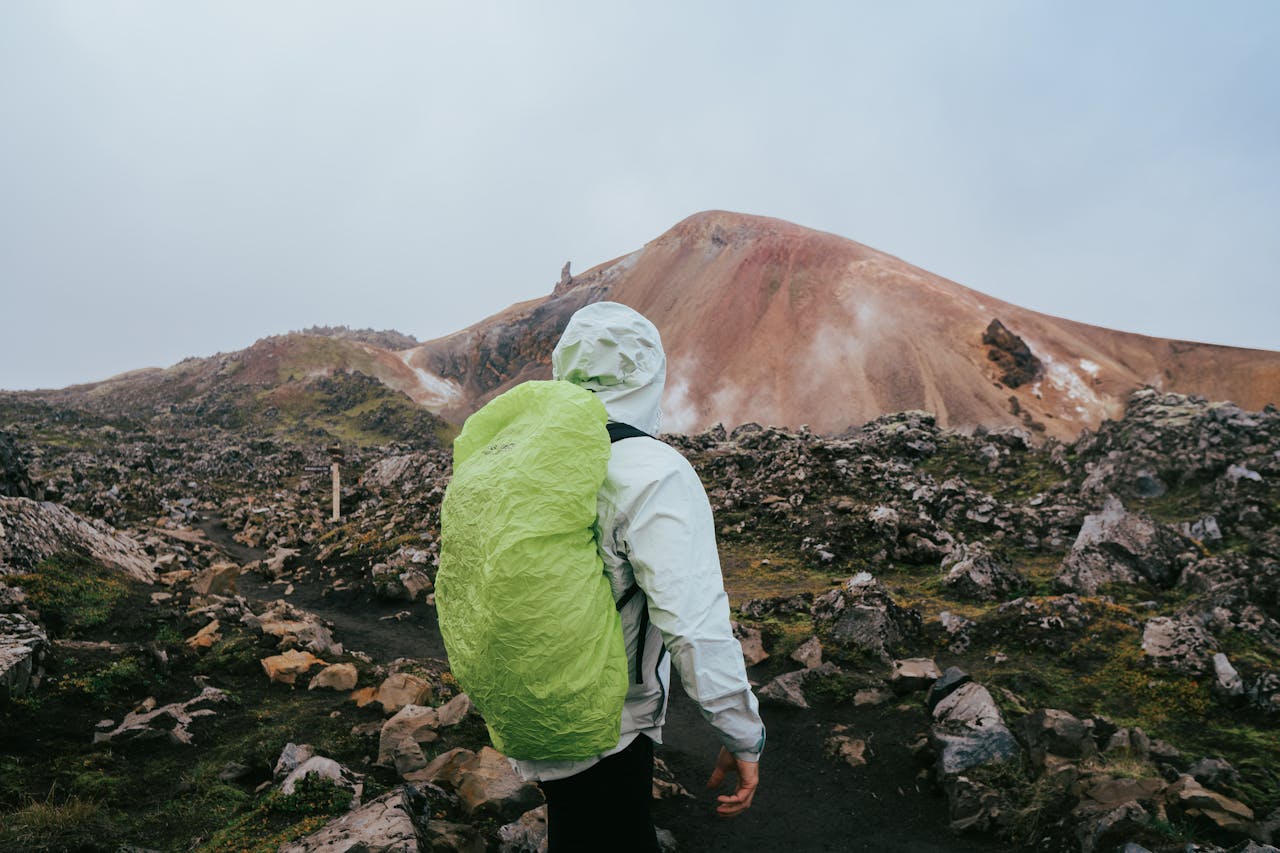
5. Markarfljótsgljúfur Canyon – The Untamed Highland Gorge
Markarfljótsgljúfur offers a striking alternative to Iceland’s more famous canyons, such as Fjaðrárgljúfur. Hike along the canyon rim to find quiet waterfalls, dramatic cliffs, and views of the valley below.
How to Get There: Accessed off-road on the F261, this canyon requires a large, high-clearance 4×4 camper. Camp nearby to explore the canyon at your own pace and witness the changing light over the cliffs.
Explorer’s Tip: For the best experience, start early and follow the eastern track along the edge for stunning viewpoints. The western side is easier but doesn’t capture the canyon’s full depth.
6. Brúnavík Beach – Borgarfjörður’s Remote Coastal Gem
Nestled in Borgarfjörður Eystri, Brúnavík Beach is a stunning, remote spot with volcanic black sands and turquoise waters. The hike to this location is moderate, offering views that reward the effort.
Trail Info: Park near the trailhead off Road 94. This 8 km round-trip hike can take around 2.5 hours each way. Start early for the best light and views over the water.
Hiking Advice: The trail’s first half is less eventful, but the best vistas await toward the beach itself. Be sure to bring layers, as winds off the water can be chilly.
7. Hvannagil Valley – Golden Valley Near the Ring Road
Hvannagil Valley features dry riverbeds, secluded canyons, and striking golden-tinted hills, perfect for those seeking quieter, picturesque trails. The valley’s location near the ring road makes it an accessible yet remote hiking option.
Getting There: Accessible via a gravel track on the eastern side of the Skyndidalsá River, this hike requires a camper with good ground clearance. Park at the entrance to explore at your leisure.
Trail Tips: The Hvannagil loop is a 2-hour scenic walk that winds through diverse terrain. Dress in layers and be prepared for uneven ground.
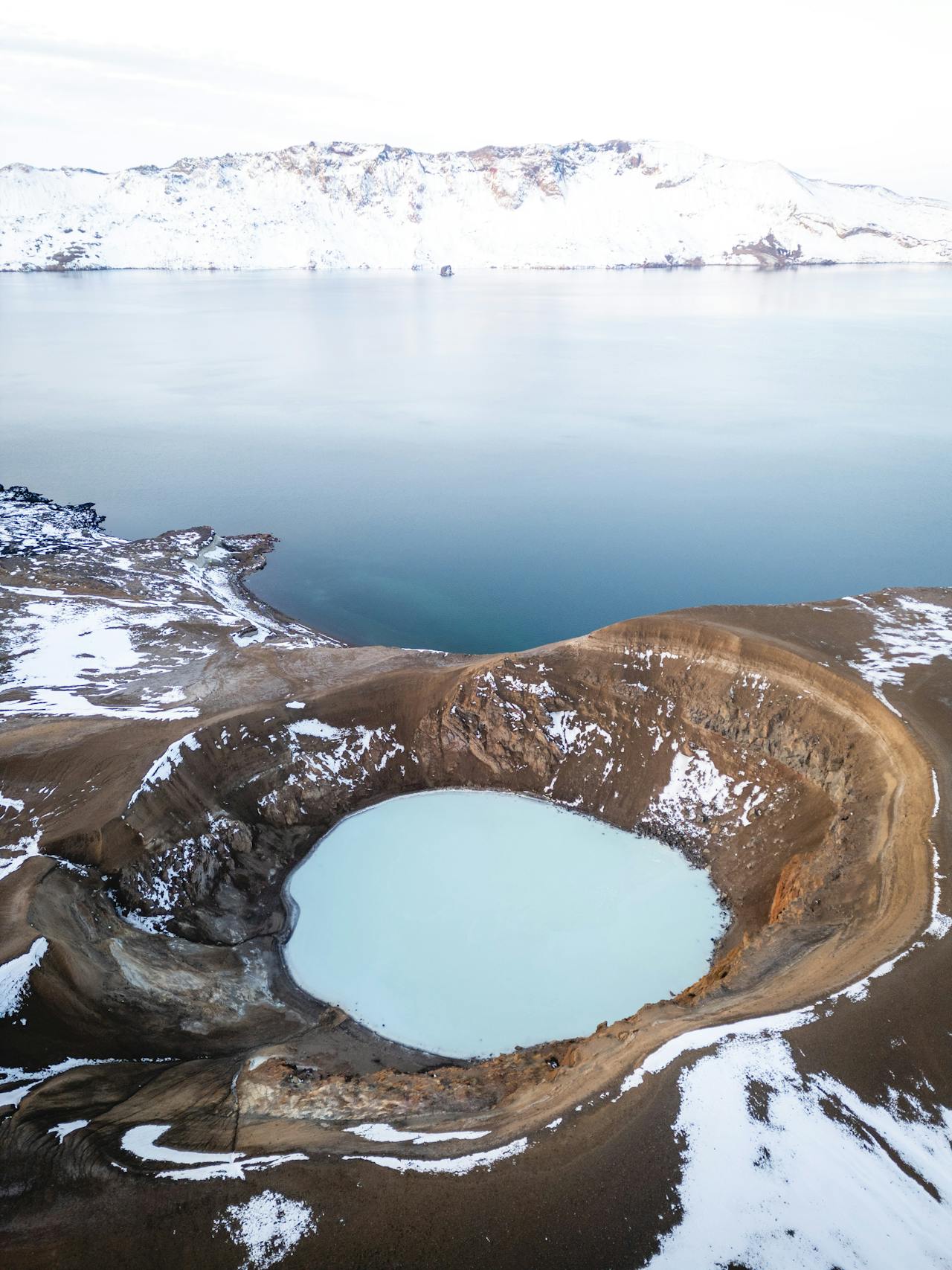
8. Strútslaug Hot Spring – A High-Highland Retreat
Strútslaug, deep in the highlands, provides a true escape and is only accessible by seasoned hikers. This spring is close to Laugavegur trail, providing a refreshing stop for trekkers.
How to Access: Take F210, a challenging road that requires a super jeep or high-clearance camper. Hike from Strútur hut for about 1.5 hours to the spring.
Pro Tip: Plan well for the trek. This hike is straightforward, but the drive can be challenging, especially in adverse weather.
9. Blautulón Lake Track – Iceland’s Hidden Water Trail
This unique trail involves navigating along Blautulón Lake, where the road runs at the lake’s edge, creating an unforgettable experience of “water driving.”
Access Tips: Accessible only in summer via F208, requiring a high-clearance 4×4 camper or a vehicle with a snorkel. Be cautious with any water crossings.
Driving Advice: Experienced drivers only. This loop drive lets you visit Langisjór via F235 before returning through Blautulón.
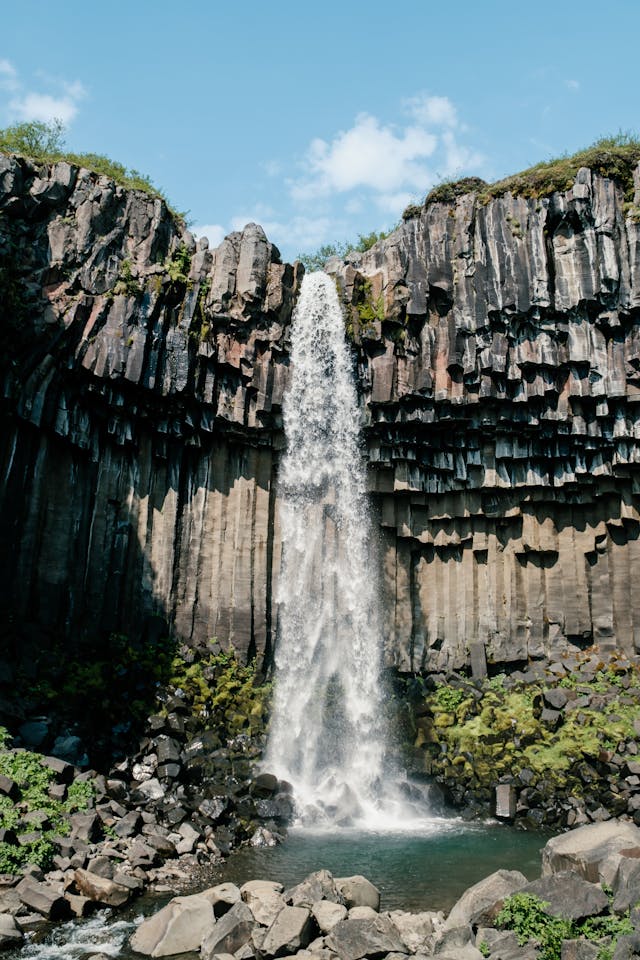
10. Núpsárfoss Waterfall – A Colorful Confluence of Rivers
Núpsárfoss and Hvítárfoss are two waterfalls where two rivers—one clear and one glacial—meet, creating a striking color contrast. This scenic spot, away from popular tourist trails, provides a peaceful waterfall experience.
Getting There: This is a challenging spot to reach, as no marked trail leads directly to Núpsárfoss. Located near Skaftafell, visitors must either walk from the ring road (10 km each way) or navigate a rough dirt track by super jeep.
Pro Tip: Contact local rangers in Skaftafell for advice, as routes can change due to shifting rivers. If taking the hike, plan for a full day with provisions.
11. Hornstrandir Nature Reserve – Iceland’s Untouched Wilderness
Located in the remote Westfjords, Hornstrandir is an isolated wilderness with Arctic foxes, unspoiled landscapes, and minimal human influence. The reserve is ideal for wildlife enthusiasts and those wanting to connect with nature.
Access Tips: Accessed by ferry from Ísafjörður, Hornstrandir requires proper planning for weather and supplies, as there are no shops or services.
Wildlife Viewing: A camper allows you to park near the ferry terminal, giving you flexibility to plan around the ferry schedule and optimize for wildlife sightings.
12. Kerlingarfjöll – A Highland Geothermal Wonderland
Kerlingarfjöll’s vibrant geothermal landscape is one of Iceland’s hidden wonders, with colorful rhyolite mountains, steam vents, and hot springs all nestled between two glaciers.
Getting There: The F35 and F347 roads lead to Kerlingarfjöll, accessible only with a high-clearance 4×4. Camping nearby allows for early hikes to witness the steam rising at dawn.
Hiking Advice: Start early to enjoy the peaceful morning light. The main trails are well-marked, but visitors should still check weather conditions, as the area can be foggy or misty, reducing visibility.
13. Askja Caldera – The Heart of Iceland’s Interior
Askja Caldera offers a captivating landscape with its milky-blue lake set within a volcanic crater. It’s a remote, otherworldly location that can only be accessed in summer.
How to Reach It: The caldera is accessed by the F88 or F910 roads, which require a high-clearance 4×4. Stay in a nearby campsite to explore early, before other visitors arrive.
Swimming Tips: Visitors often swim in Víti, the smaller lake within Askja, although the water temperature can vary. Be sure to bring a swimsuit and towel if you plan to take a dip.
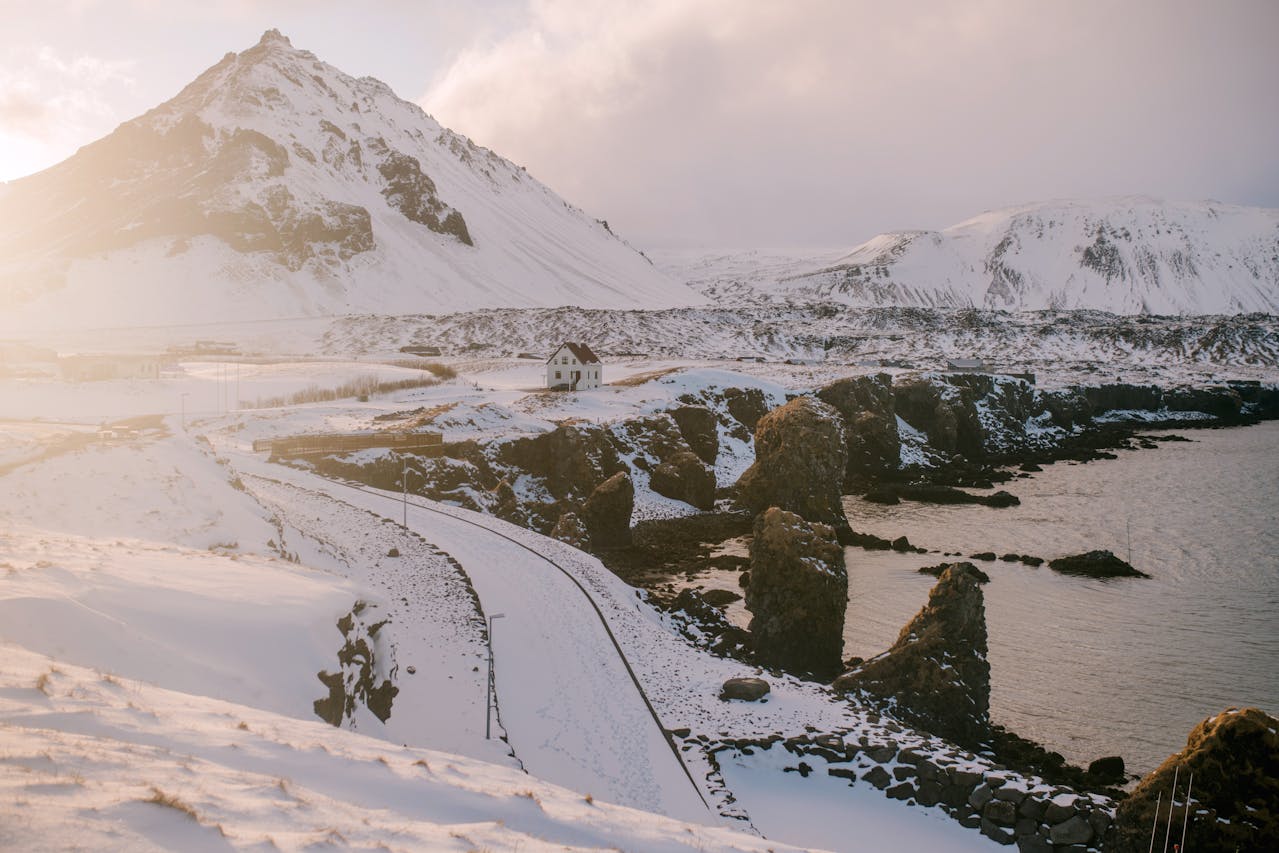
14. Gjáin – Iceland’s Secret Garden
Gjáin is a hidden, lush oasis in the Þjórsárdalur Valley, featuring a small canyon, vibrant vegetation, and cascading waterfalls that seem to belong in a fantasy novel.
Travel Route: Located just off the Þjórsárdalur Valley, Gjáin is accessible by a gravel road, manageable with most vehicles, but a camper offers the convenience of staying longer.
Photography Tips: Capture Gjáin’s waterfalls and pools with a tripod to enhance low-light images, especially at dusk or dawn.
15. Rauðasandur Beach – The Westfjords’ Red Sands
Rauðasandur’s red-hued sands create a stark contrast against Iceland’s black beaches, providing a unique and remote coastal experience along with breathtaking views of the Westfjords.
Getting There: Reached by a narrow, winding road in the Westfjords, Rauðasandur is best accessed with a 4×4 camper. Drive carefully and be prepared for changing road conditions.
Beach Exploration: Bring layers for wind protection, as conditions can change quickly. The beach is vast, allowing for long walks in near solitude.
16. Vatnajökull Ice Caves – Iceland’s Crystal Chambers
Accessible only during winter, the Vatnajökull ice caves offer an ever-changing world of blue-hued ice and intricate natural formations that feel like stepping into a frozen dream.
Access Tips: Tours are required for safety due to shifting ice. Park your camper nearby for early-morning tours, which typically provide the best lighting for photos.
Photography Advice: A wide-angle lens is ideal to capture the scale of the cave. Be mindful of the cold inside and dress warmly.
17. Lónsöræfi Wilderness – Iceland’s Rainbow Mountains
Often compared to Landmannalaugar, Lónsöræfi boasts colorful landscapes and rugged hiking trails that remain largely untouched, making it a favorite among Icelandic hikers.
Getting There: Located off F980, this area requires a high-clearance 4×4 due to the rough terrain and challenging river crossings.
Safety Tips: Check river conditions and road updates before setting out. The wilderness is vast, so bring sufficient supplies and let someone know your plans.
18. Grafarkirkja Turf Church – A Step Back in Time
Grafarkirkja, one of Iceland’s oldest turf churches, is a quiet, historic site showcasing traditional architecture. The tranquil surroundings offer a unique look into Icelandic heritage.
Access Details: Park nearby and enjoy the scenic views around Skagafjörður, perfect for a peaceful break from driving.
Photographer’s Tip: Visit in the late afternoon for golden-hour lighting that enhances the texture of the turf walls.
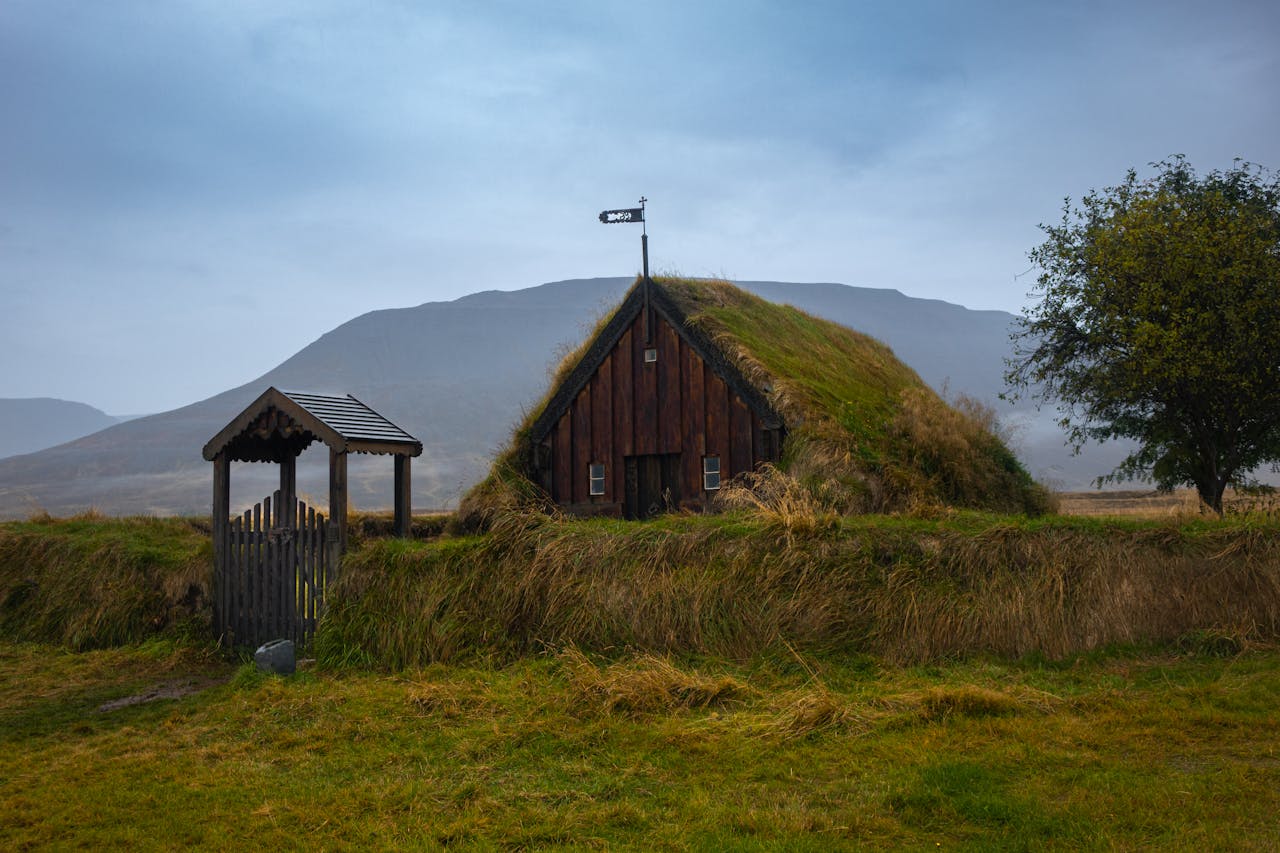
19. Stuðlagil Canyon – The Hidden Basalt Marvel
In East Iceland, Stuðlagil Canyon’s hexagonal basalt columns create an otherworldly atmosphere, especially when viewed from the river.
Getting There: A moderate hike leads from the parking area to the canyon, best accessed by a high-clearance vehicle. Start early to avoid crowds.
Photography Advice: Use a neutral-density filter to capture the water flowing over the rocks, creating a smooth, ethereal effect.
20. Húsavík Whale Museum – Maritime History and Wildlife
Known as the whale-watching capital of Iceland, Húsavík is home to a museum celebrating Iceland’s rich marine history, complete with whale skeletons and educational displays.
Access Tips: Park your camper at Húsavík’s coastline and stay overnight for the opportunity to catch a morning whale-watching tour.
Visitor’s Note: Plan time for the museum and enjoy a coffee at a nearby café afterward for a relaxed afternoon.
Exploring Iceland’s Hidden Gems with Freedom and Flexibility
Venturing into Iceland’s less-traveled paths by campervan not only opens doors to hidden destinations but also allows a deeper, more flexible exploration. Whether parked near a glacial lake, on a black sand beach, or outside a remote hot spring, you’ll experience Iceland in a way that few travelers do.
With the ability to move and explore freely, you can fully embrace Iceland’s hidden treasures, from secluded waterfalls to remote craters, and craft a journey that truly belongs to you. Traveling Iceland by campervan is more than just a trip; it’s a passage into Iceland’s soul, a land of untouched beauty waiting just for you.
FAQ: Hidden Gems and Camper Travel in Iceland
When is the best season to explore Iceland by camper?
Summer is ideal for accessing Iceland’s remote locations.
Are 4×4 vehicles required?
Many locations need a 4×4, so a high-clearance camper is recommended.
What essentials should I bring?
Waterproof clothing, sturdy shoes, and provisions are essential for these remote locations.

